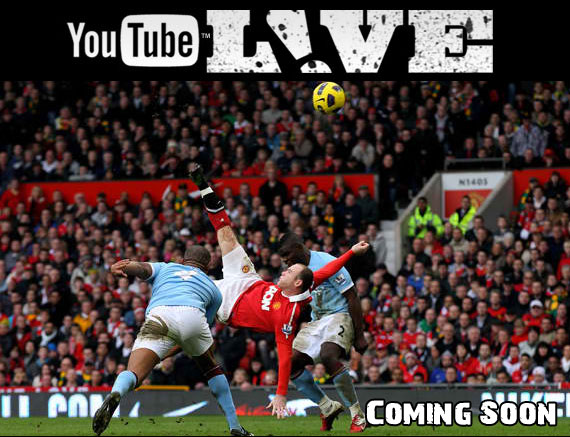One of my main hobbies is film, from the old medium of celluloid 8 mm format to Video disc and mp4 files on my phone for when I got a spare moment to watch a film. I even like to see clips on the internet. One of the popular web sites tend to be video based due to the fact no effort is required to absorb the information. I can normally watch a film at any time, while I have to be in the mood for reading.
Web sites like YouTube and Vimeo have so successful they have set a standard for unloading and sharing.
The concept was created by 3 former Pay-pal employees in February 2005, Based in San Bruno California and uses Adobe flash Video and HTML5 technology to display of user generated video content.
The winning formula to draw in heavy traffic was to make it easy for the general public to upload, view and comment on posted video clips. Critics say that youtube's material was posted in violation of copyright restrictions.
With contents such as film split into parts and music content being used without acknowledging royalties. In 2006 the company announced that 65,000 new videos were being uploaded everyday, and they were receiving traffic of 100 million video views per day. In May 2010 the traffic increased to 14 billion videos, which youtube claims thats 60 hours of new videos are uploaded every minuet. Three quarters of which seem to come from outside the US. In october 2006, Google Inc announced that it had acquired You Tube for 1.65 Billion in Google stock. The deal was finalized on November 13, 2006.
Though You Tubes revenue was never published in 2007. Forbes magazine article projected in 2008 revenue at $200 million noting the progress in advertising sales.
YouTube mobile was launched in june 2007 using realtime streaming protocol, though not all videos were
available on the mobil version. Around this time, content was transcoded to video standard .H264 to allow apple products to view their website. Though it took another 3 years for an up grade to HTML 5, allowing for touch screen controls.
An average veiwer would spend 15 minuets a day on the site, in contrast to spending 4 or 5 hours watching Tv. In november 2008 YouTube reached an agreement with MGM, Loins Gate Entertainment, and CBS allowing companies to post full movies and television episodes on the site, along with advertisements. The success led the site to offer UK viewers 4000 full length shows from more then 60 partners.
In july 21st, 2009 YouTube software engineer Peter Bradshaw announced, that users will be able to upload 3D videos, which can be viewed in many different ways from anaglyph (Red/ Blue lens). But much later in 2011 with HTML 5, supported side by side footage compatible with Nvidia 3D vision.
They soon offered a film online rental service a range of 6000 films only to the US ,the UK and Canada in january 2010.
Later in March 2010, YouTube began free streaming certain content, including 60 cricket matches of Indian Premier League. In may 2011 YouTube reported in its company blog that the site was receiving more than 3 billion views per day, it was a figure that increased to 4 billion video streamed per day in january 2012.
It seems that streaming video online is big business and that it will still continue to increase, TV companies and film content have already crossed over to the internet dark side. Streaming sports events and musical concerts have continued to increase.
There is flip-side on the continued success of YouTube, is that China have blocked completely all access to the website along with Morocco.
Online videos seemed to have embedded their way in technology and culture, as source of alternative entertainment, a way of making money and even to gain popularity. Its future is limited by the current level of technology. I have a feeling entertainment and news will fuel this eternal flame, its a medium that can't be ignored by TV channels. In someway user interaction has been a more of an enjoyable viewing process then blindly watching TV channels. This is why new Television sets are being equipped with online video streams. I can easily imagine how this might take over traditional viewing. If the future of television is streaming clips or byte sized fluff pieces as foretold by Ray Bradbury. Then I hope there is an "off" button, or at least a way to filter out the propaganda and advertizements...







No comments:
Post a Comment